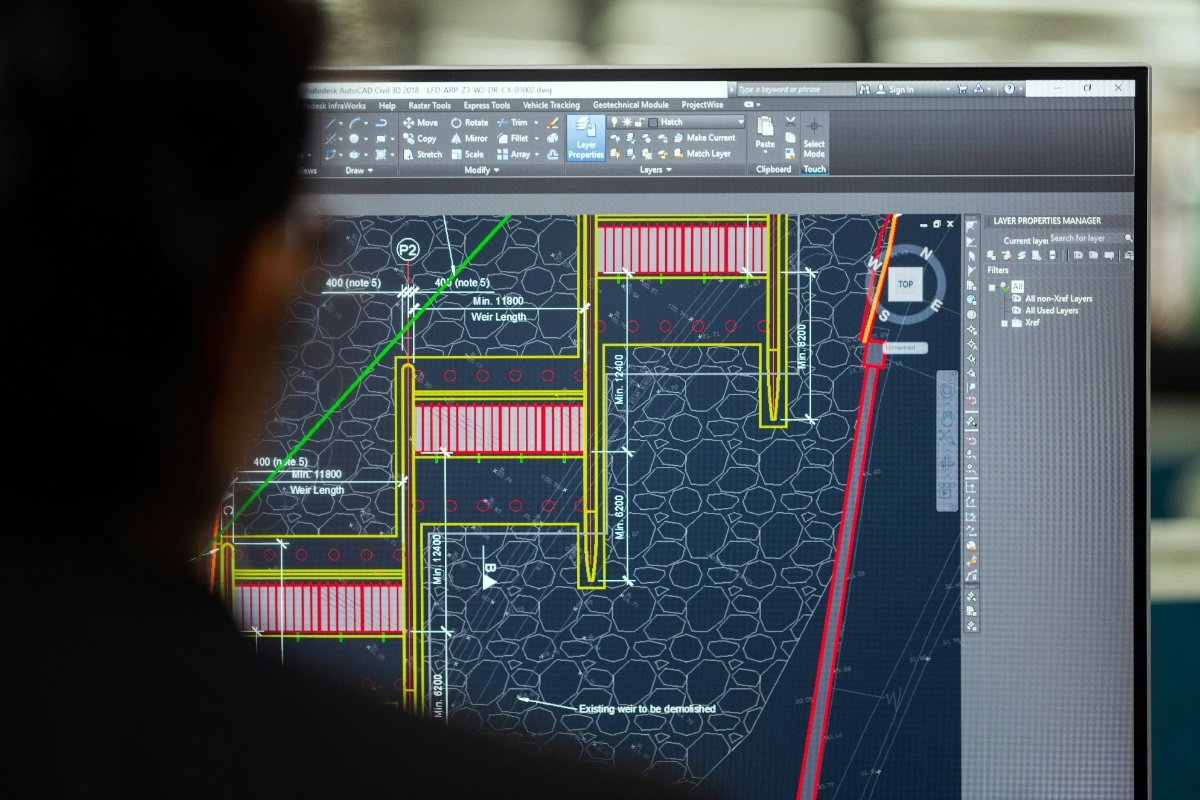
Biophilic design emphasizes human connection to the natural world through built environments. It incorporates natural light, organic materials, greenery, and views of nature to reduce stress and increase comfort. It goes beyond mere decoration to create restorative spaces that mimic natural settings. By blending biology and architecture, biophilic design transforms living and working environments. Its core principles are rooted in sustainability and psychological well-being.
Biophilic interiors have been shown to reduce anxiety and boost overall mood. Being surrounded by natural elements can significantly decrease cortisol levels, improving emotional balance. Green surroundings encourage relaxation and mindfulness, especially in stressful urban environments. Exposure to sunlight, plants, and water features promotes happiness and cognitive clarity. These features offer a mental retreat, even in a bustling household or office.
The presence of indoor plants improves air quality by reducing pollutants and increasing oxygen. Access to daylight regulates circadian rhythms, enhancing sleep and vitality. Biophilic spaces can also promote physical activity through nature-inspired layouts. Natural materials like wood and stone release fewer toxins than synthetic alternatives. These design choices support healthier living environments that foster longevity and vitality.
Strategic placement of indoor plants can create vibrant, calming interiors. Tall leafy plants act as visual anchors and air purifiers. Hanging vines or wall-mounted moss panels add texture and freshness to plain spaces. Even small potted herbs on a kitchen windowsill contribute to a biophilic atmosphere. Select plants based on lighting, humidity, and care requirements for long-term success.
Maximizing sunlight reduces dependence on artificial lighting and boosts energy. Use large windows, skylights, and glass doors to bring in natural rays. Reflective surfaces and lighter colors help bounce daylight deeper into the space. Layering with sheer curtains maintains privacy without blocking the light. Daylight exposure also supports vitamin D synthesis and enhances alertness.
Water features like fountains or aquariums offer auditory and visual serenity. The sound of trickling water creates a meditative background. Aquatic life introduces movement and a dynamic element to rooms. Indoor ponds or tabletop waterfalls can serve as conversation pieces. Water elements mirror the calming presence of rivers or lakes in nature.
Choose materials like reclaimed wood, bamboo, jute, and stone to evoke nature’s textures. These elements bring warmth and authenticity to interiors. Organic surfaces age gracefully, developing character over time. Incorporating tactile materials engages the senses, improving comfort. Sustainable sourcing also supports ecological responsibility.
Use earthy tones such as forest greens, sky blues, and sandy browns. These hues mimic natural landscapes and encourage tranquility. Accent colors from flowers or foliage add vibrancy. Soft, muted shades promote relaxation and work well in bedrooms or living spaces. Nature-inspired palettes support visual harmony and emotional well-being.
Windows facing gardens, trees, or water features amplify biophilic effects. Outdoor views act as mental breaks and reduce visual fatigue. Where views are unavailable, nature-themed murals or artwork can substitute. Position desks or chairs near these focal points for better productivity. Even virtual nature scenes have shown to improve focus and reduce stress.
Textures create emotional resonance and depth in design. Rough stone walls, smooth river pebbles, or woven fibers mimic natural environments. Tactile surfaces invite touch and create intimacy. Layering different textures adds visual richness to interiors. Using authentic finishes rather than synthetic mimics builds emotional authenticity.
Even tiny apartments can embrace biophilic principles with smart design. Vertical gardens save space while adding greenery. Wall decals, small plant shelves, and natural light use maximize impact. Multifunctional furniture made from natural materials can blend utility with beauty. Compact water fountains or terrariums offer mini oases of calm.
Biophilic design overlaps with sustainability, using eco-friendly solutions. Green roofs, passive ventilation, and recycled materials align with eco-conscious living. Technology can support biophilic goals through automated lighting and humidity systems. Energy-efficient fixtures paired with nature-enhancing features reduce your environmental footprint. Smart design ensures long-term ecological and financial benefits.
This post has been authored and published by one of our premium contributors, who are experts in their fields. They bring high-quality, well-researched content that adds significant value to our platform.









